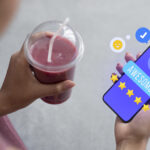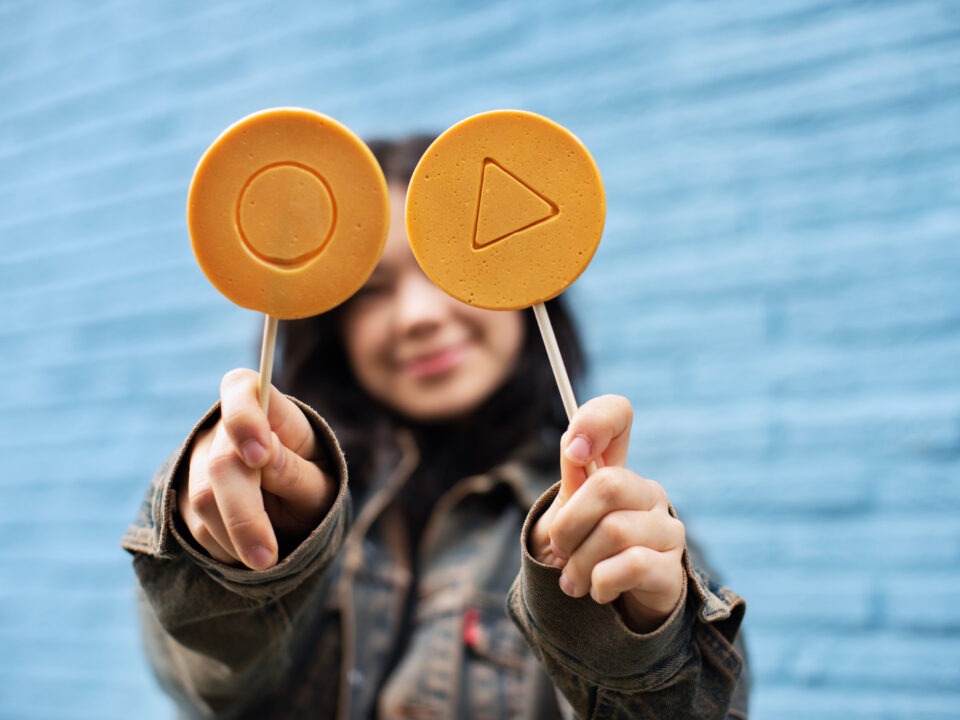
Gamifying Loyalty: How to Keep Customers Engaged & Returning
2025-03-20
Sales Gamification: How to Drive More Revenue Through Engagement
2025-03-27Employee engagement is not just about job satisfaction. It’s about creating a workplace where people feel motivated, recognized, and connected to a purpose. But let’s face it: performance dashboards, yearly reviews, and town halls aren’t enough anymore.
That’s where gamification comes in.
By applying game mechanics to everyday work experiences, businesses can boost motivation, productivity, and retention, all while making work more enjoyable.
Why Traditional Engagement Tactics Fall Short
🛑 One-size-fits-all rewards don’t inspire
🛑 Feedback is often too late to be useful
🛑 Employees feel disconnected from team goals
🛑 Burnout rises as motivation drops
Traditional tools don’t create sustained engagement. Gamification does.
How Gamification Boosts Employee Engagement
1. Recognizing Progress in Real-Time
Employees are more engaged when they see how their daily efforts contribute to larger goals. Gamification makes this visible through progress bars, badges, points, and level systems that reflect each step forward. This continuous reinforcement builds a sense of momentum and achievement that static dashboards or delayed reviews can’t match.
Example: A customer support team earns digital milestones for resolving tickets quickly or maintaining top satisfaction scores, receiving instant recognition that fuels pride and consistency.
2. Encouraging Friendly Competition
When done right, competition can spark energy and drive without adding pressure. Gamified leaderboards and challenges inject fun into the workflow while spotlighting achievements. It’s not about micromanaging results, it’s about creating motivation through visibility and shared excitement.
Example: Sales reps join a weekly leaderboard based on calls made or deals closed, earning playful titles or shout-outs. The short cycle keeps energy high and prevents fatigue while encouraging peak performance.
3. Building Up Connection Through Shared Goals
Gamification isn’t just for individuals. It’s a powerful way to unite teams around common goals. By setting up collaborative missions or shared achievements, employees across departments feel a stronger sense of belonging and purpose. This is especially valuable in remote or hybrid environments, where connections can feel broken.
Example: Product, marketing, and customer success teams work together to unlock a collective reward for a new feature launch. Each team plays a role in reaching the milestone, creating alignment and shared celebration when it’s achieved.
4. Delivering Meaningful & Real-Time Feedback
Annual performance reviews often come too late to make an impact. Gamification changes that by embedding feedback into the flow of work. Whether through instant notifications, achievement pop-ups, or micro-rewards, employees receive timely signals that help them adjust and improve on the spot.
Example: After completing a daily task or surpassing a productivity threshold, an employee gets a virtual badge and a shout-out from their manager. It’s a small gesture that reinforces progress and builds a culture of recognition.
The ROI of Employee Gamification
Companies that integrate gamification into employee programs report:
✔ Higher motivation and morale
✔ Increased participation in training and development
✔ Improved collaboration across departments
✔ Lower turnover and higher retention
When employees are engaged, they stay longer, perform better, and contribute more.
Build a More Engaged Workforce with RapidMule
At RapidMule, we help organizations design and implement gamified systems that make engagement part of the daily experience, not just a quarterly initiative.
👉 Ready to make work more meaningful and motivating? Contact us today!




